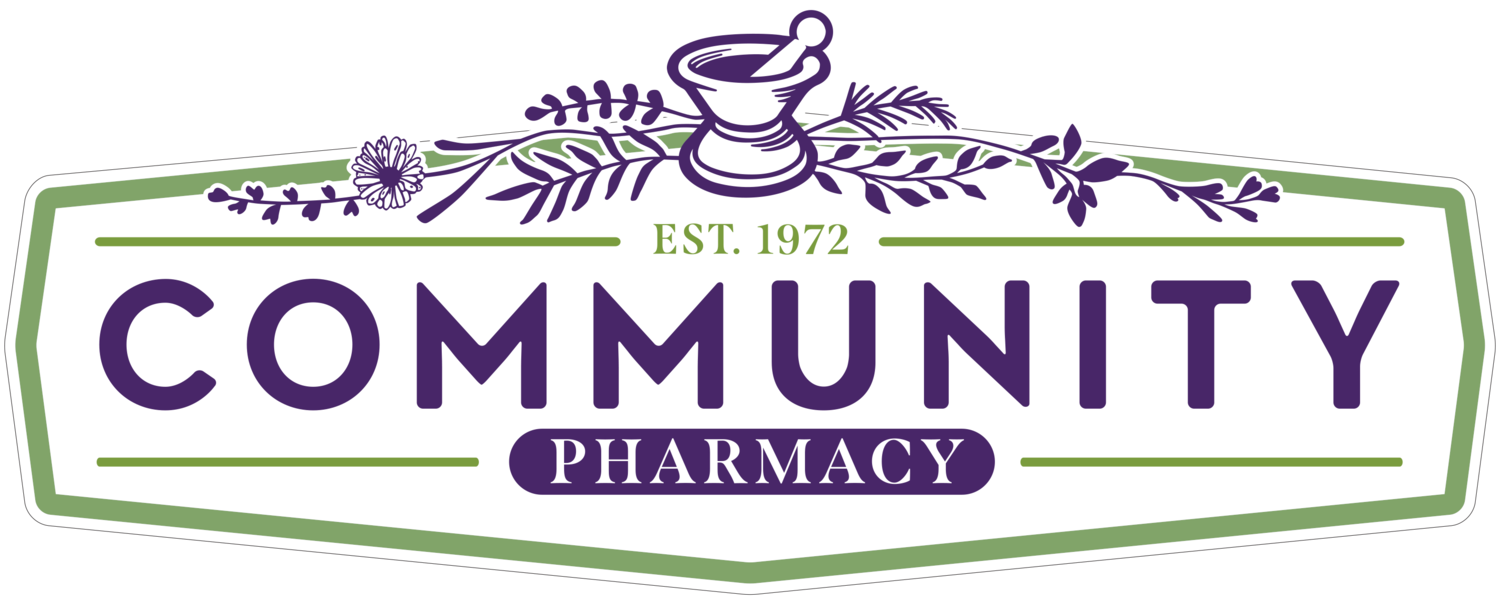Alternative Remedies for Seasonal Allergy Relief
Between 40 and 50 million Americans suffer from some type of seasonal allergy, defined by the Asthma and Allergy Foundation as a disease of the immune system that causes an overreaction to substances called allergens. This translates into a reliable money-generating source for pharmaceutical companies as the afflicted search for the perfect remedy to dry up a runny nose, ease itchy eyes and stop incessant sneezing. Unfortunately, there are unpleasant side effects such as drowsiness, irritability, and dehydration attached to many OTC allergy remedies.
For those allergic to grass and tree pollen, spring in Wisconsin can be particularly difficult. As the spring of 2013 slowly unraveled it virtually exploded with tree pollens — a rebound response to last summer’s drought followed by the long, cold and snowy winter. The human desire to celebrate the long-awaited spring with its abundance of flowering trees, shrubs, daffodils, tulips and delicate woodland spring ephemera can be quickly dampened by the primal reproductive instincts of plants.
Our immune system is designed to differentiate “self” from “other,” protecting the body from the invasion of potentially harmful bacteria, viruses, and parasites. This response has been very handy for perpetuating the human species. However, there are some design flaws — like allergies. The classical allergic response starts when the offending antigenic substance (such as tree pollen) comes into contact with the sensitized immune system. Instead of ignoring the harmless “invader,” the body prepares for attack. Like sentries on a castle wall, special antibodies called IgE perch atop mast cells lining the mucous membranes of the throat and nose, alerting them to the threat.
The partnership between IgE and mast cells is intended to keep the body safe from parasites like intestinal worms. Unfortunately, tree and grass pollen resemble antigens found on worm skin. Once mast cells get the signal from IgE, they release stored inflammatory biochemicals (like histamines and arachadonic acid) that are intended to flush out the invaders, be they tree pollen or tape worms. Ideally, this kind of inflammatory response is a healthy one that “washes away” parasitic invaders. When the invader is pollen, the response is not ideal.
After (or instead of) exhausting the seemingly endless number of pharmaceutical allergy products, many people turn to herbal and other remedies to relieve their symptoms. Integrative practitioners often prescribe herbs and supplements to down-regulate an excessive immune response while also tonifying and strengthening the immune system. Treatment frequently involves combining anti-inflammatory herbs with immuno-amphoteric, or strengthening, herbs.
Acute allergic symptoms, such as itchy eyes, sneezing and congestion, can be helped by flavanoids, especially a type called PCOs (proanthocyanidin oligomers) found in blueberries, pomegranates, goji berries and cranberries. PCOs decrease histamine production and release. Antihistamine herbs such as eyebright, horseradish and nettle leaf are often found in allergy relief compound formulas and can also be very helpful in alleviating acute symptoms.
Often taken as a preventative a few weeks before allergy season begins, quercetin is a dietary flavanoid found in many plants. Some of the most common sources are onions, apples, berries, and brassica vegetables. Supplemental quercetin often contains vitamin C for enhanced absorption.
Stinging nettle (Urtica dioica) is the first herb many alternative practitioners reach for when their patients are suffering from allergic reactions, particularly puffy eyes and rhinitis. Nettle leaves are rich in quercetin and other antioxidant bioflavanoids, restoring balance to the immune response. Fresh preparations are recommended and are available as freeze-dried capsules or tincture.
Turmeric (Curcuma longa), which has become the darling of the herbal world due to its anti-inflammatory effects, stabilizes mast cell membranes and prevents the release of arachadonic acid, decreasing the allergic response. A member of the ginger family, turmeric has historically been used as both a cooking spice and as a medicine. Its absorption is greatly enhanced when combined with pepper as in the Gaia preparation, Turmeric Supreme.
Goldenrod (Solidago canadensis, S. virgaurea) is rich in tannins and bioflavanoids. Tannins rid the body of excess mucous and fluid by toning the membrane tissue, “squeezing out” excess moisture and reducing puffiness and swelling. Unfortunately, goldenrod has long been blamed for fall allergies because its bloom time corresponds with ragweed. Goldenrod is commonly found as a dried herb for tea, or as a tincture.
Supplementing the diet with Omega-3 fatty acids can help reduce the production of inflammatory chemicals known as eicosanoids. If available to the body, omega-3 fats are preferred over arachadonic acid during an allergic response; unlike arachadonic acid, they don’t cause inflammation during the process.
Winter may be over but don’t put away your neti pot. One or two sinus rinses daily with warm salt water can wash away pollen from nasal passages and soothe swollen and irritated sinuses.
When using herbs and other alternative therapies, you may need to experiment to find out what best controls your allergy symptoms. Warm and sunny days are meant to be spent gardening, biking, paddling … anything but staying inside hiding from pollen.
Carole Blemker is a Registered Nurse and Registered Dietitian with many years of experience. She is also a former librarian who loves researching all things concerning plants and people, and teaching from both holistic and clinical perspectives.
